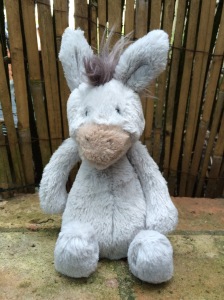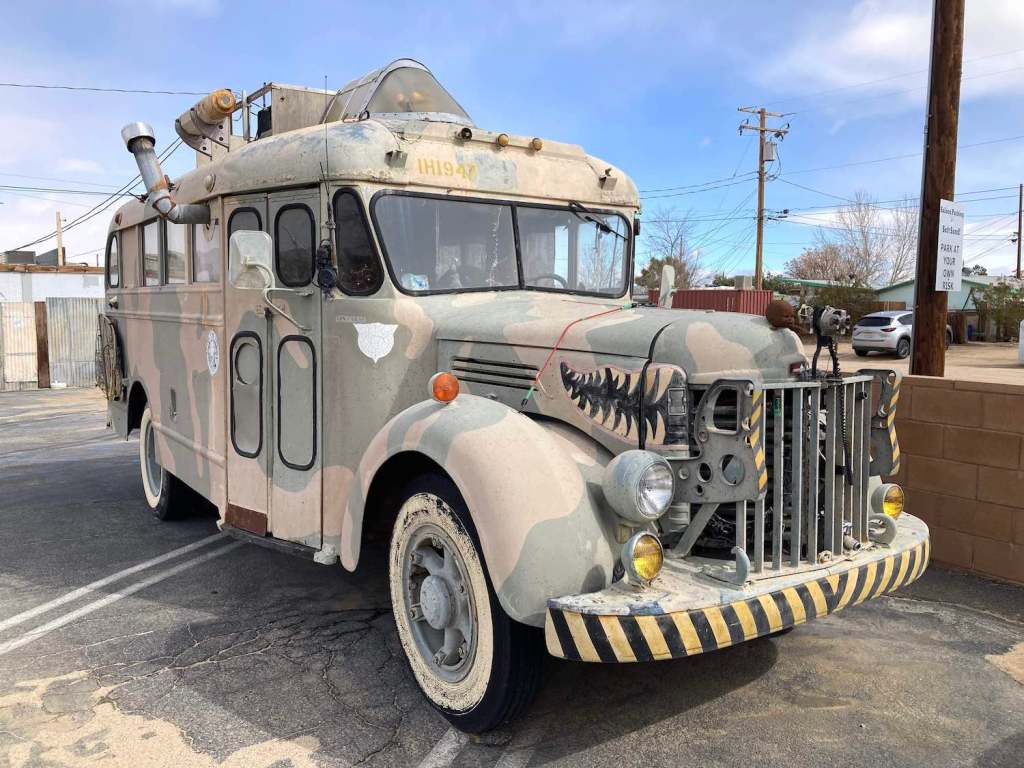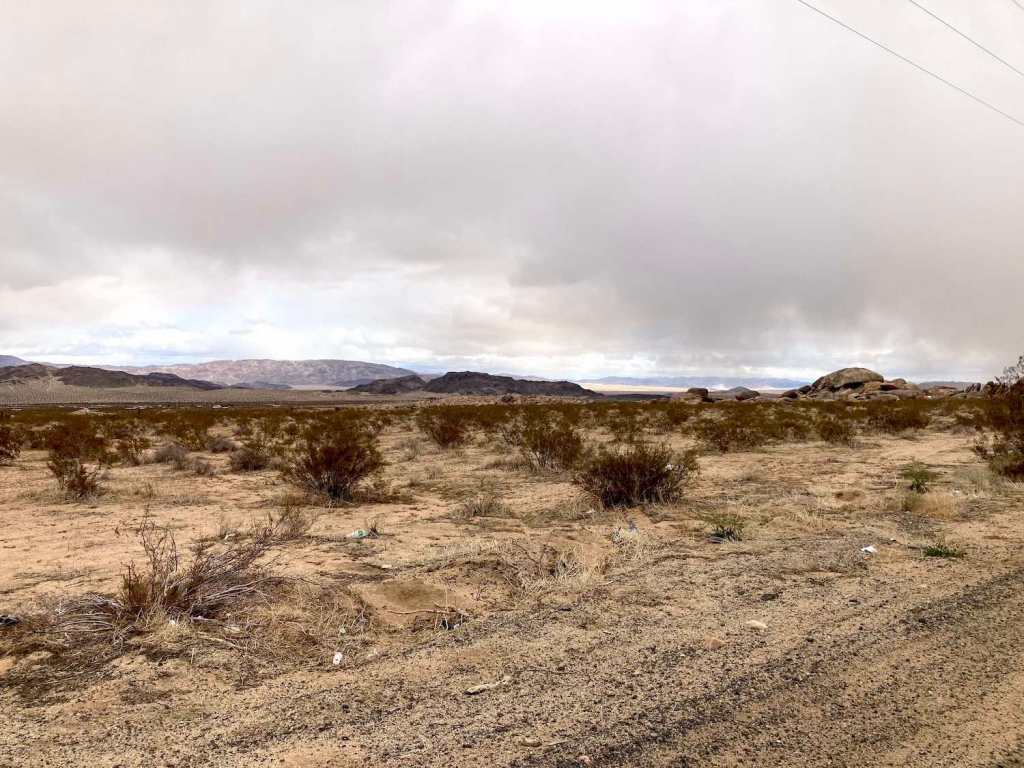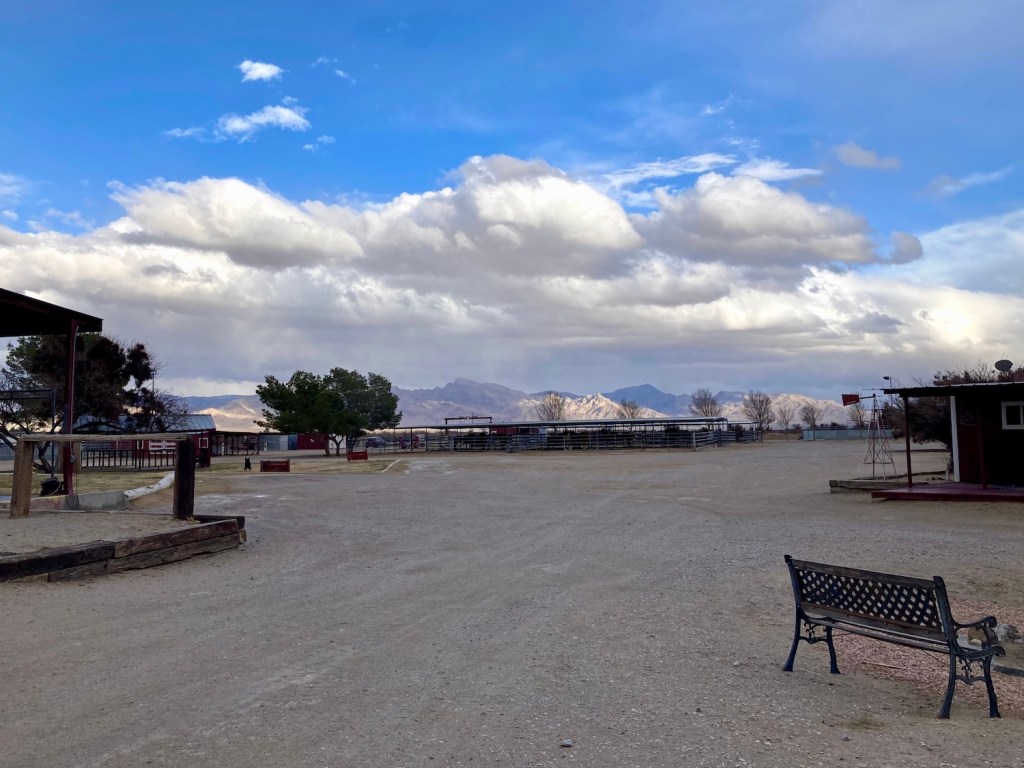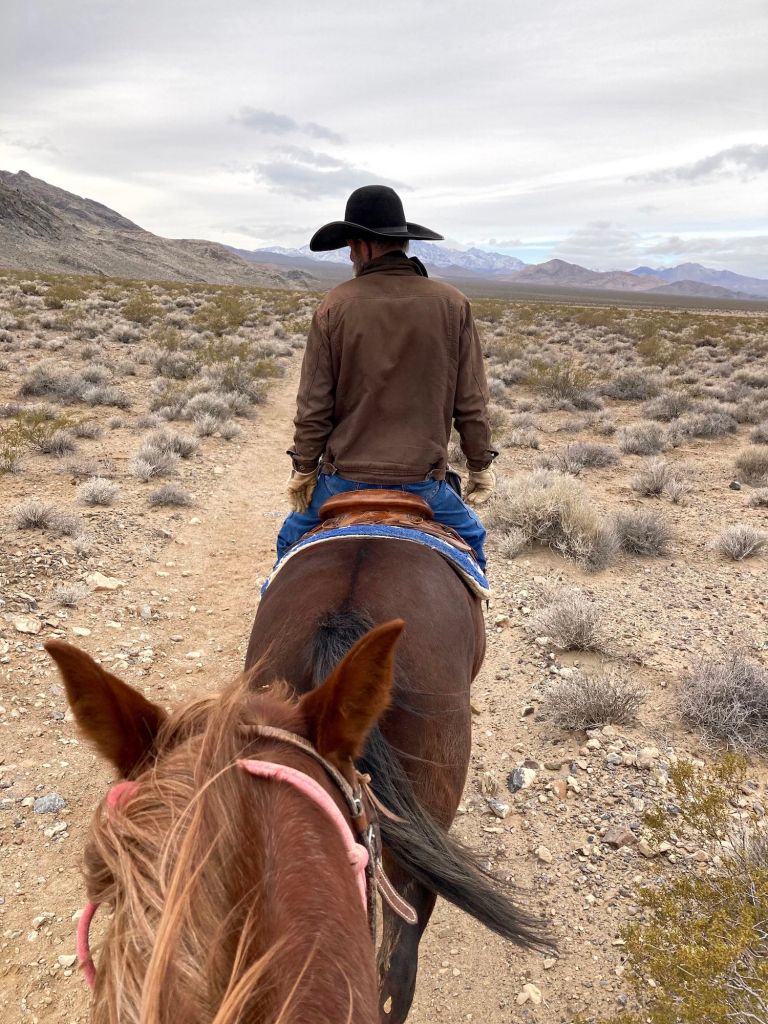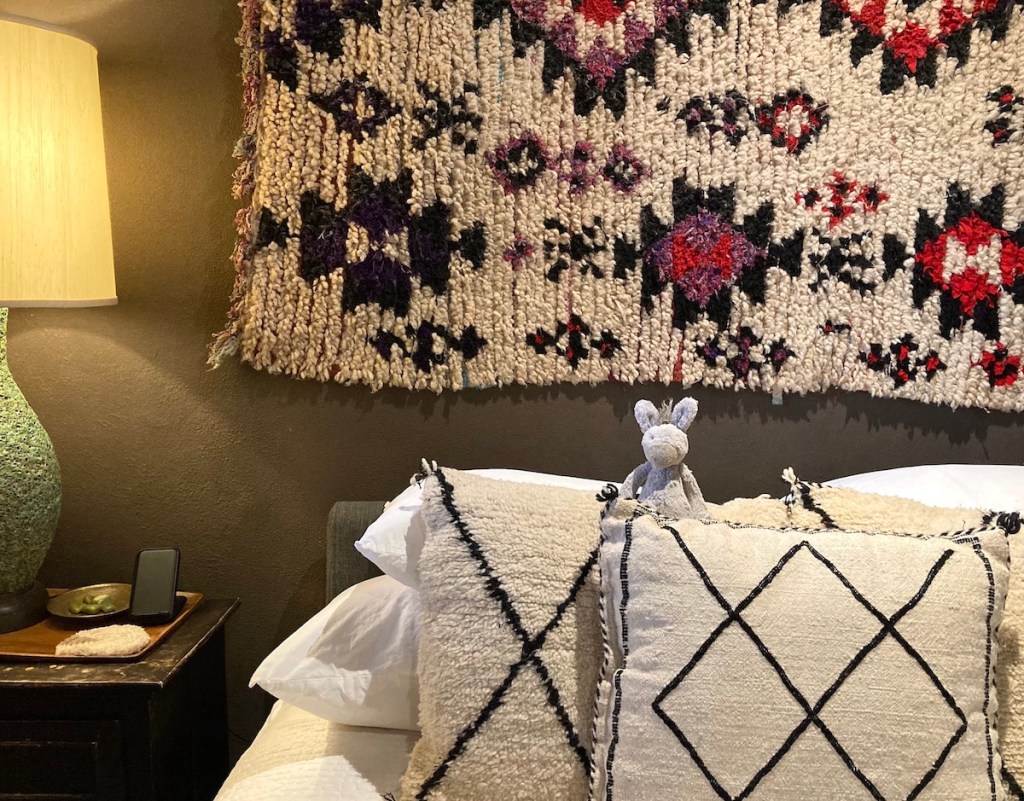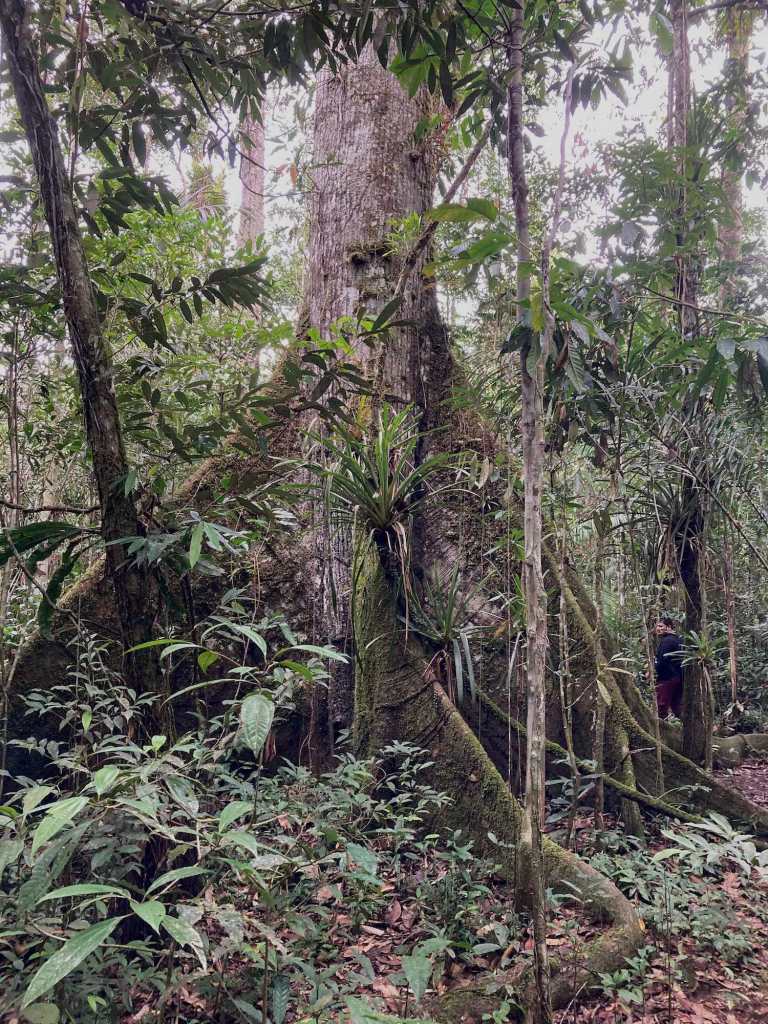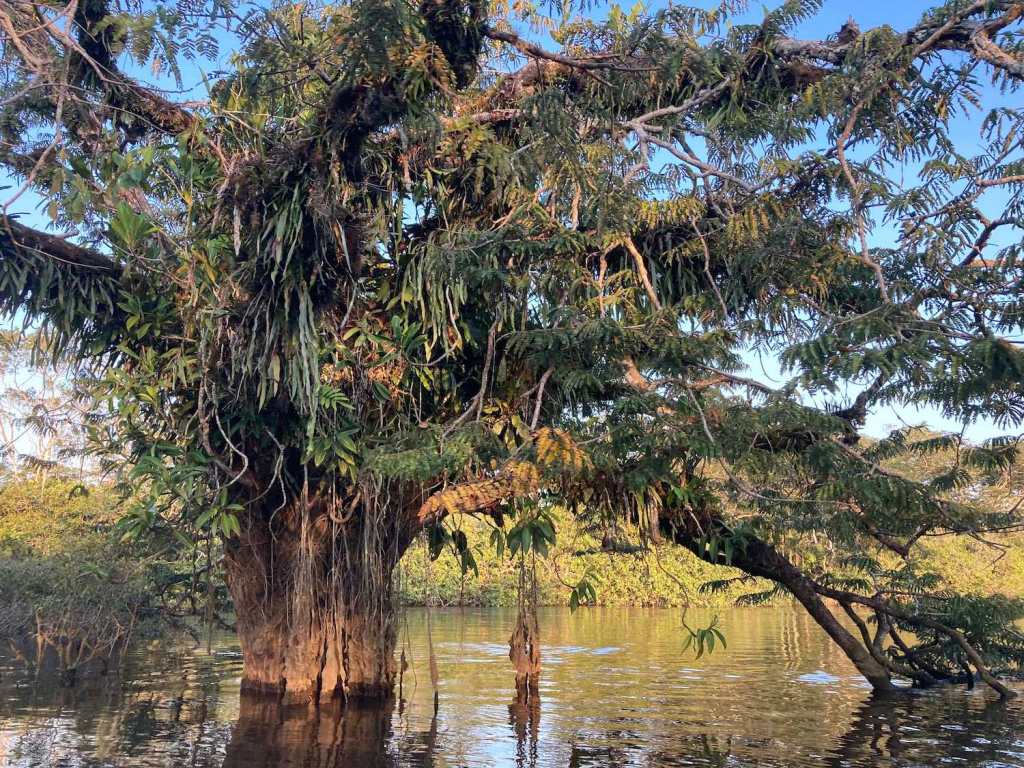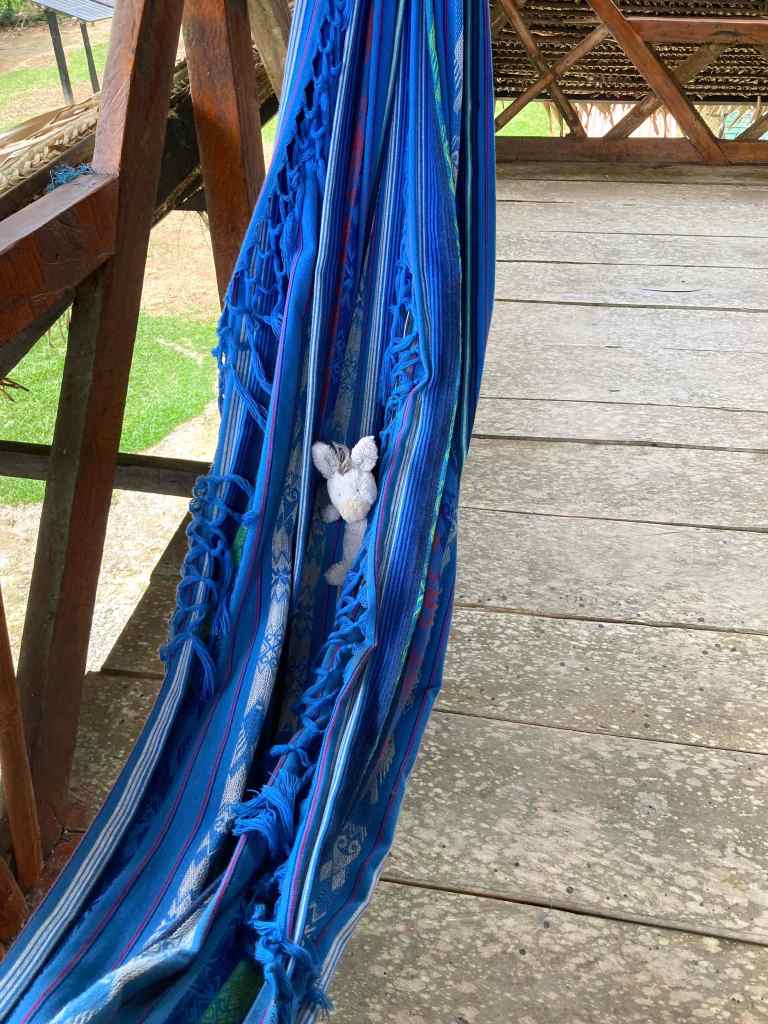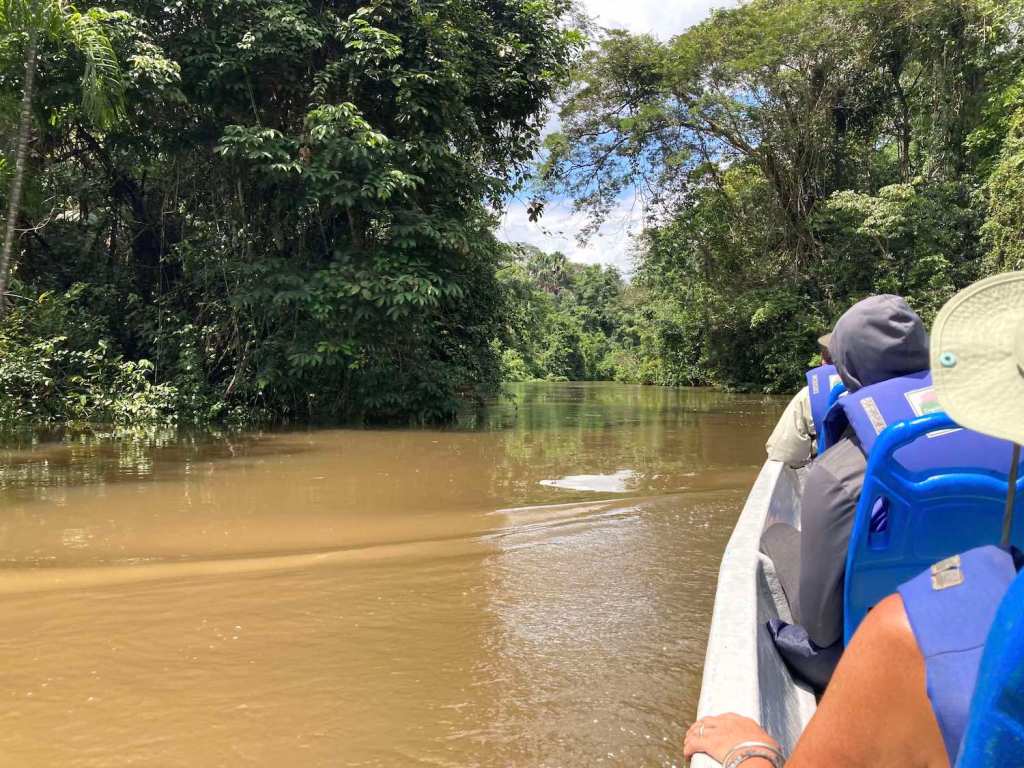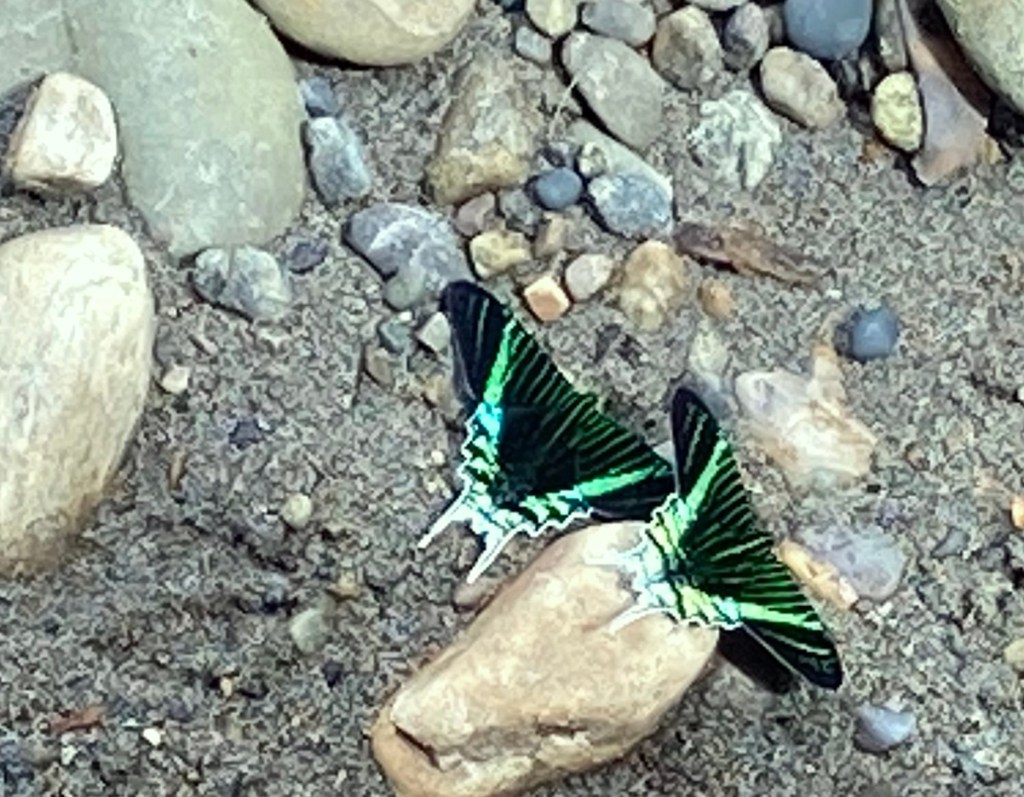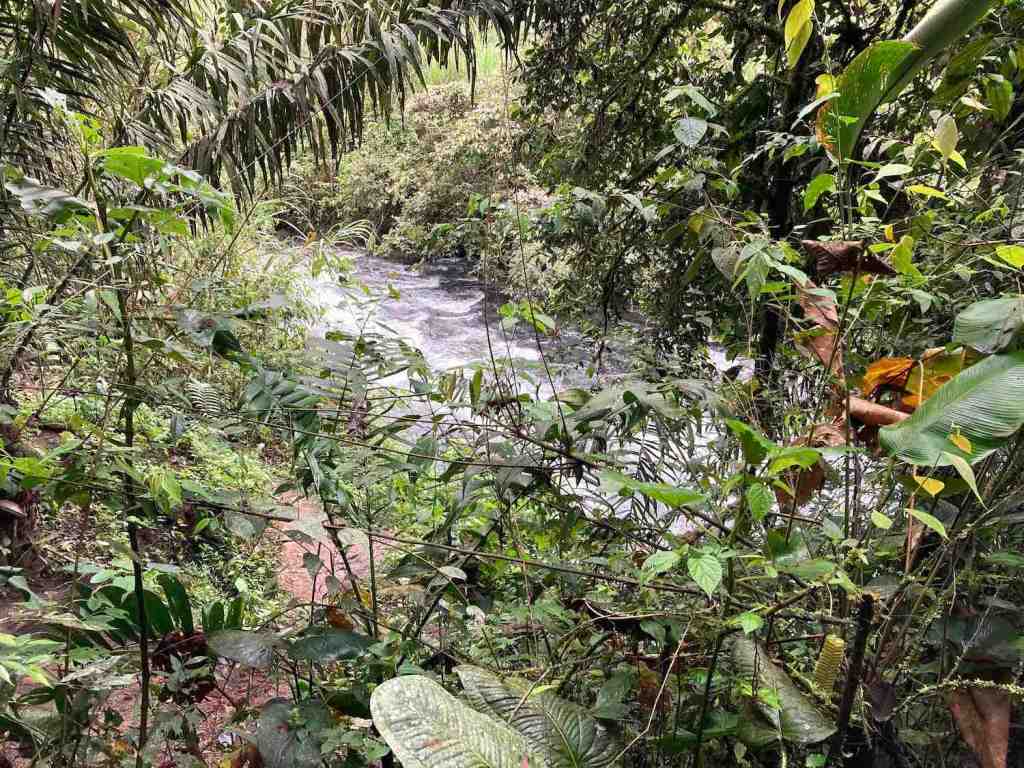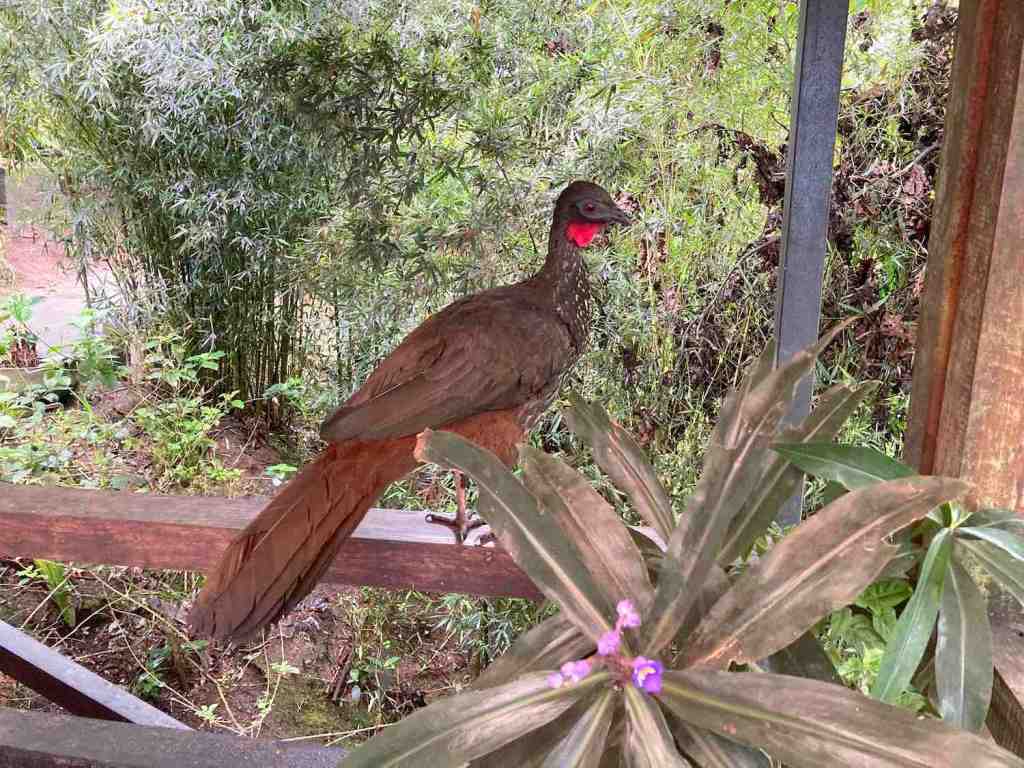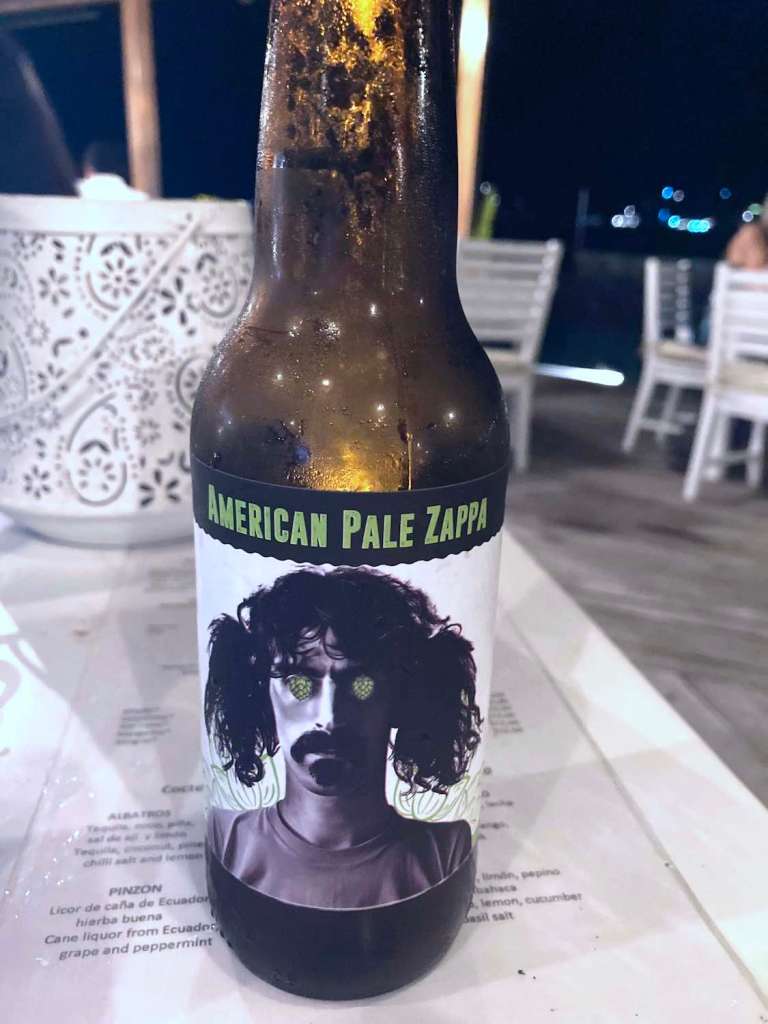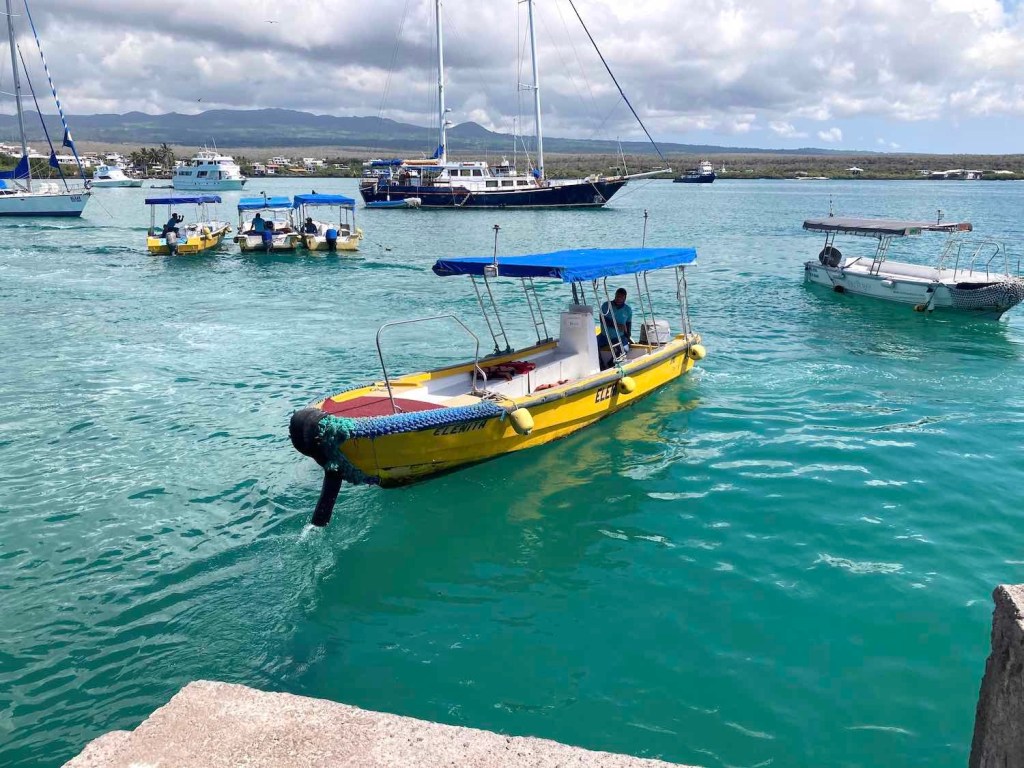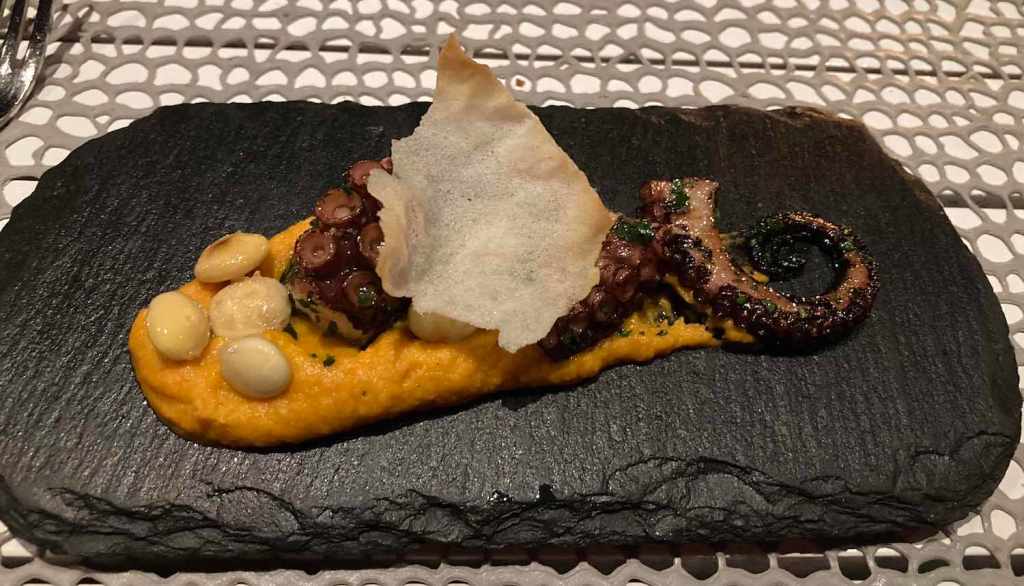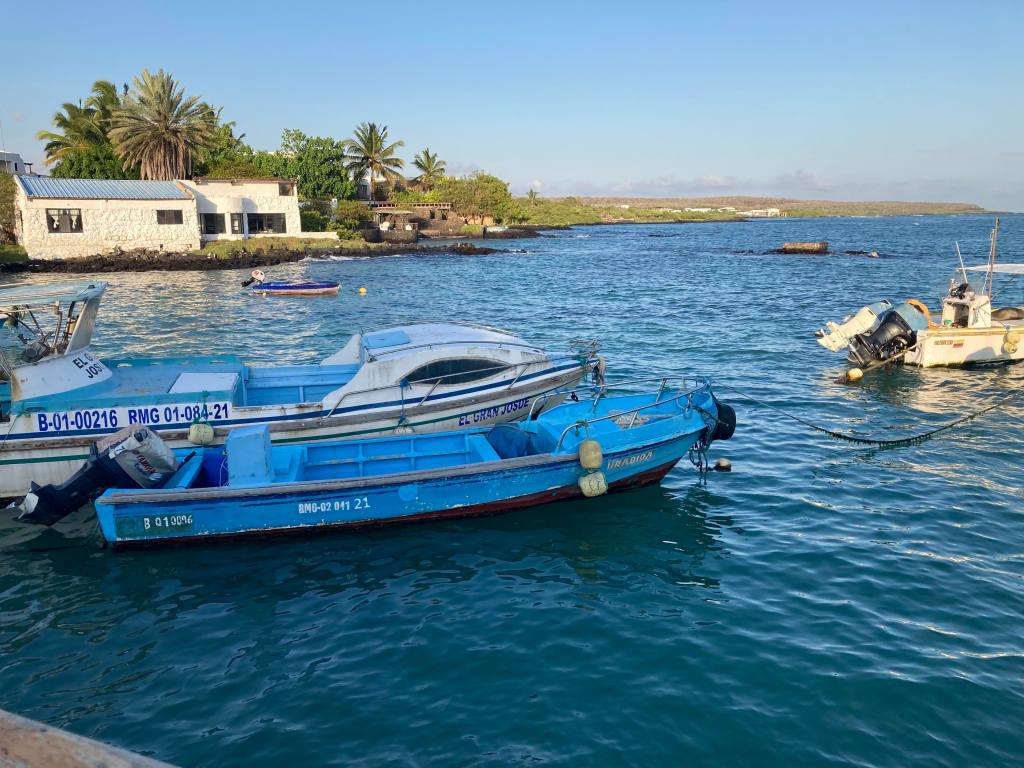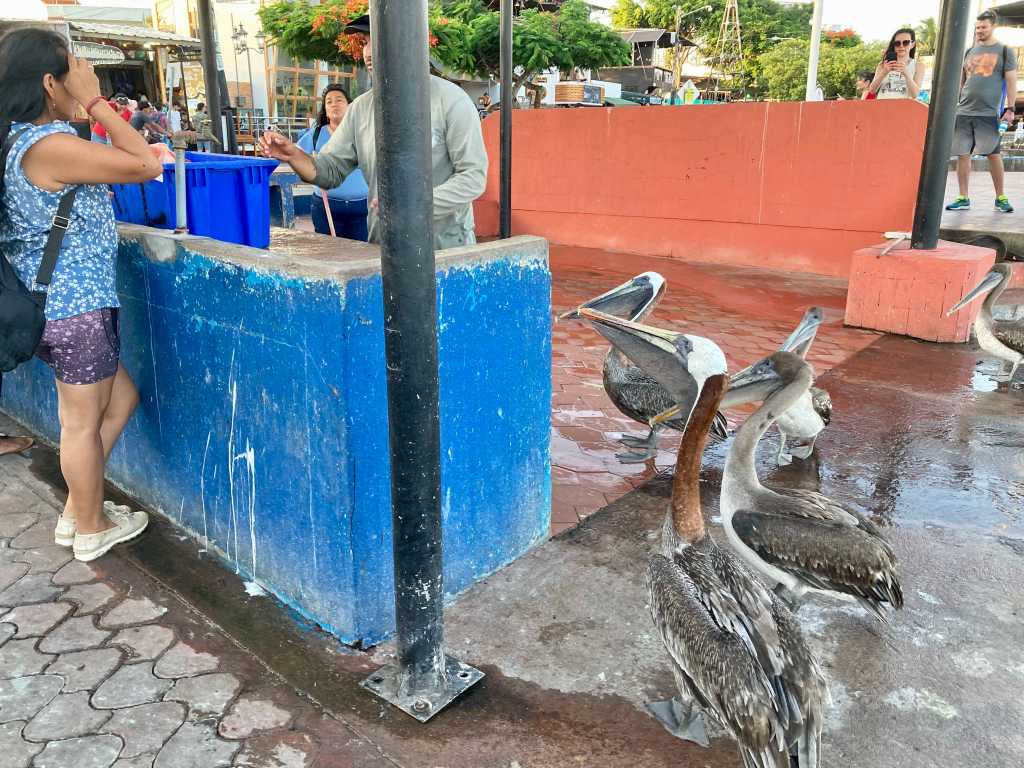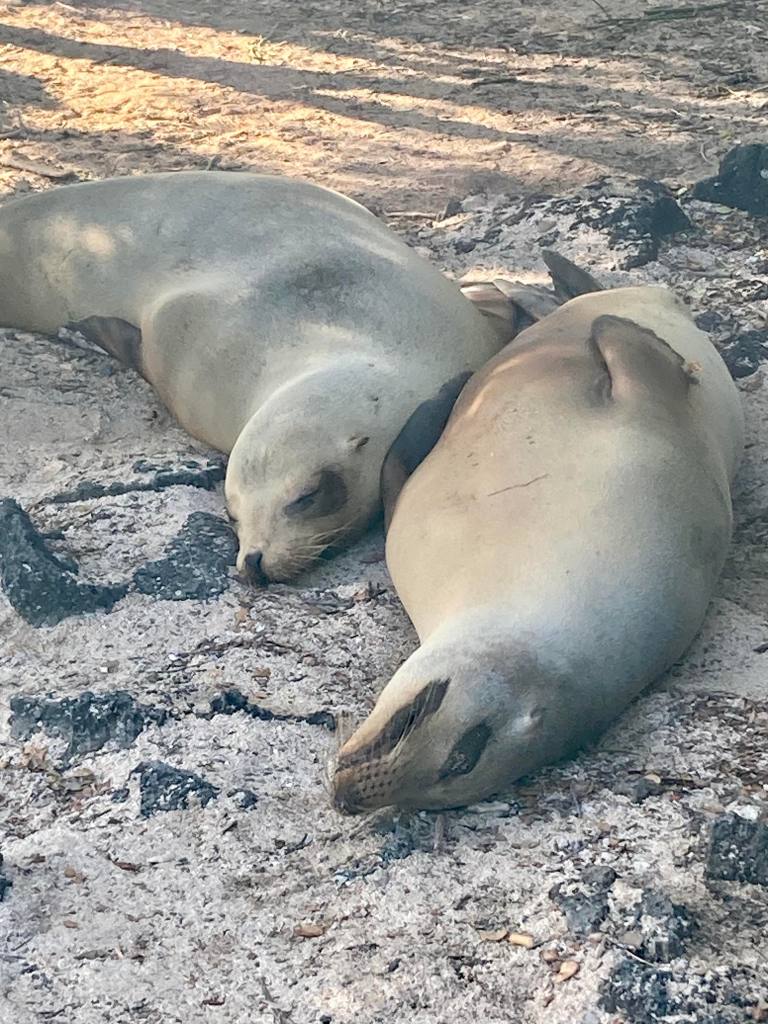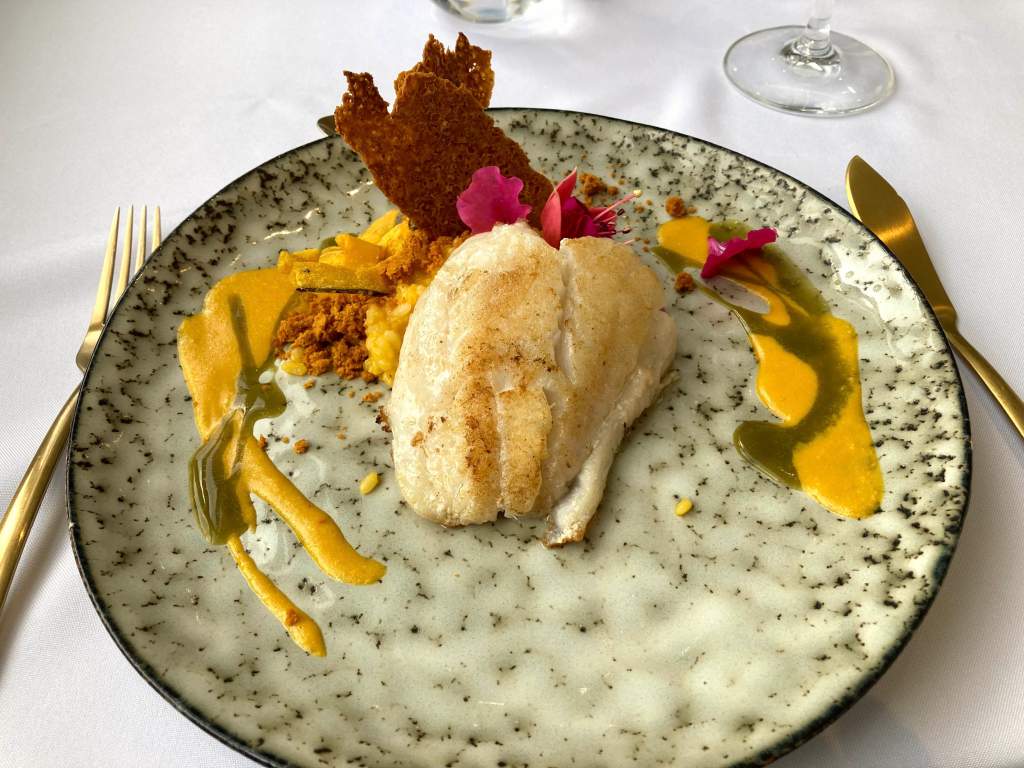DonQui is leaving the Americas to cross the Pacific — eventual destination Bali.

It is a very long journey starting with a 6 hour drive from Sandy Valley Nevada to LA. The drive should have taken less 4 hours but the unusual cold snowy weather makes for treacherous conditions. DonQui also has to contend with several road closures. It is a good job he sets off early!

Finally making it to LA, DonQui returns his hire car and boards the evening Cathay Pacific flight which will take him to Hong King 16 hours later.

After a very pleasant light supper on board. DonQui prepares to sleep through much of the flight. He is one of those annoying creatures (in the eyes of those less fortunate) who can fall sleep almost instantaneously in any moving vehicle — especially aircraft.
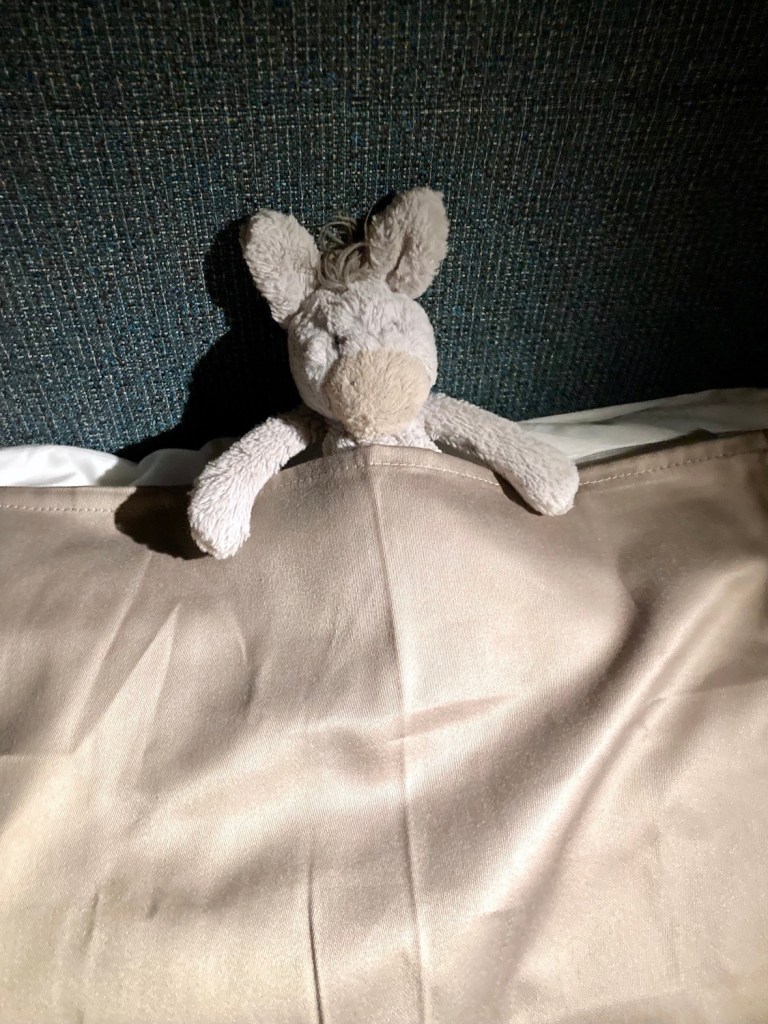
When he wakes several hours later it is morning. It is, however, not the next morning but the one after that. Having crossed the international date line he has been transported into the future and completely skipped a day. He wonders to himself if he has missed an entire day from his life does that make him one day younger than he would have been otherwise?

After a four hour lay over in Hong Kong he is on his way to Bali — a five hour flight which he mostly sleeps through. In stark contrast to California it is very hot and humid in Bali with threatening thunderstorms. DonQui is quite delighted with the Melati Balti Homestay in Canggu which will be his abode for the next seven days.

Feeling slightly bedraggled after his long journey he decides to just chill and not do very much of anything. There will be time later to explore.
